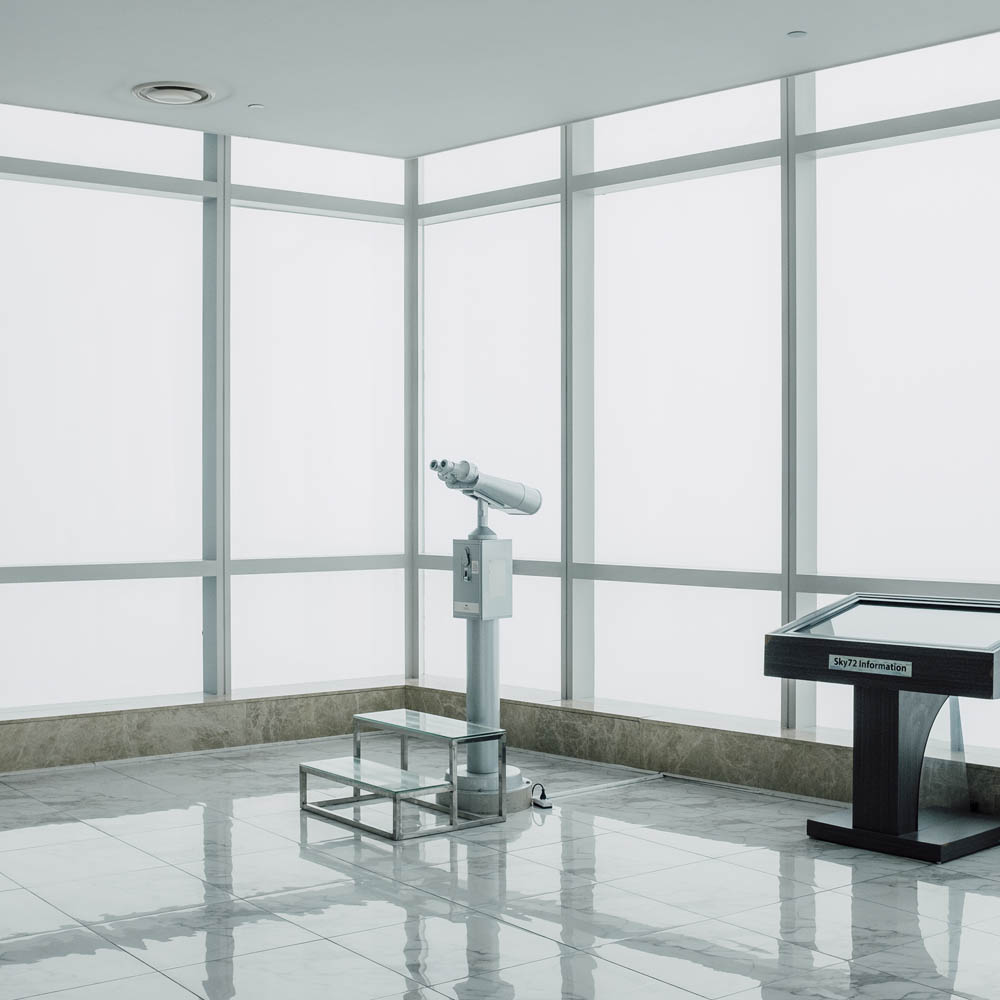
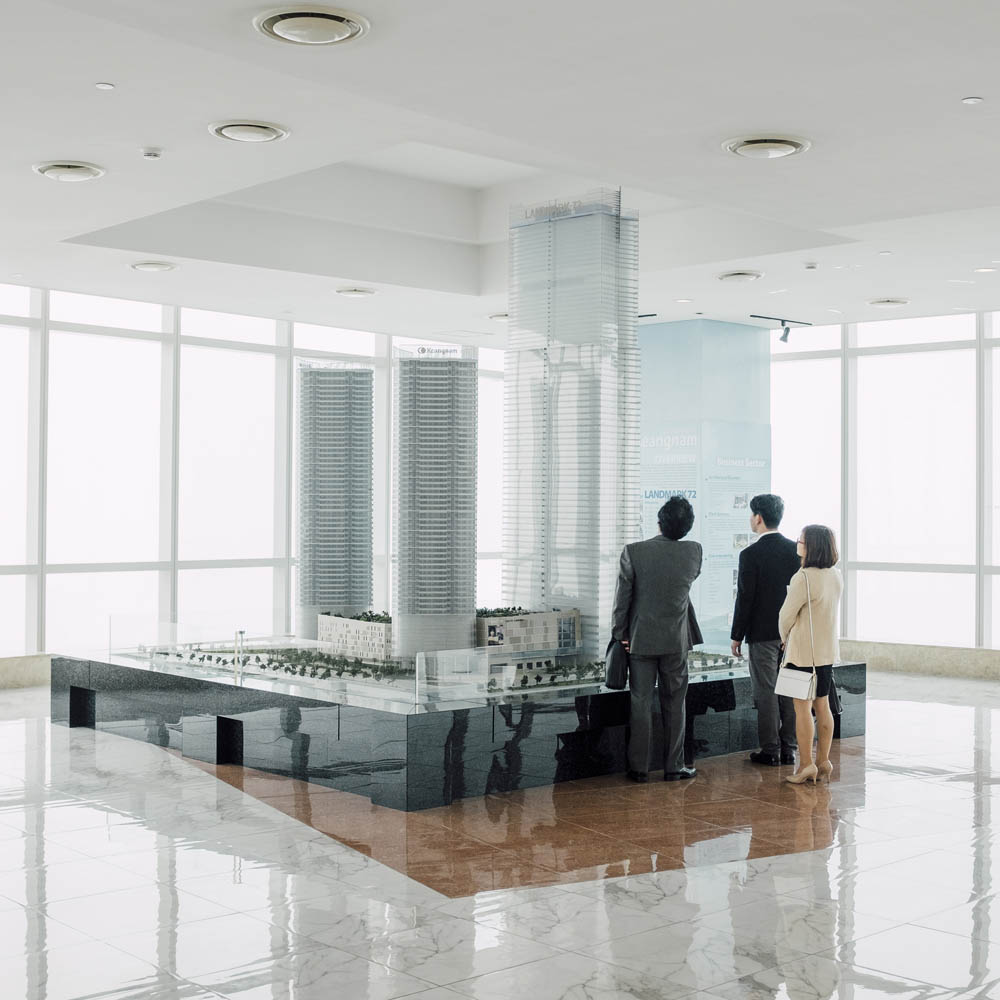
Like many other developing cities in Asia, Hanoi is overly photographed. Numerous local and international photographers have depicted the capital in flux. From quaint alleys to bustling urban areas, from grim lives on the street to well-lit and luxurious spaces, everything has been documented at least once.
Photos of Hanoi often move us but rarely surprise us. Yet Adam Birkan seems to have been able to open a crack: here Hanoi is wrapped in a somber, dreamy veil, a city rich in history is presented in a futuristic and surreal way; intentional juxtapositions render familiar scenes strange.
Adam submitted his project to Matca, sharing that this series is how he views Hanoi. This is an attempt to examine how a 1007-year-old history is facing changes from the society and each individual.
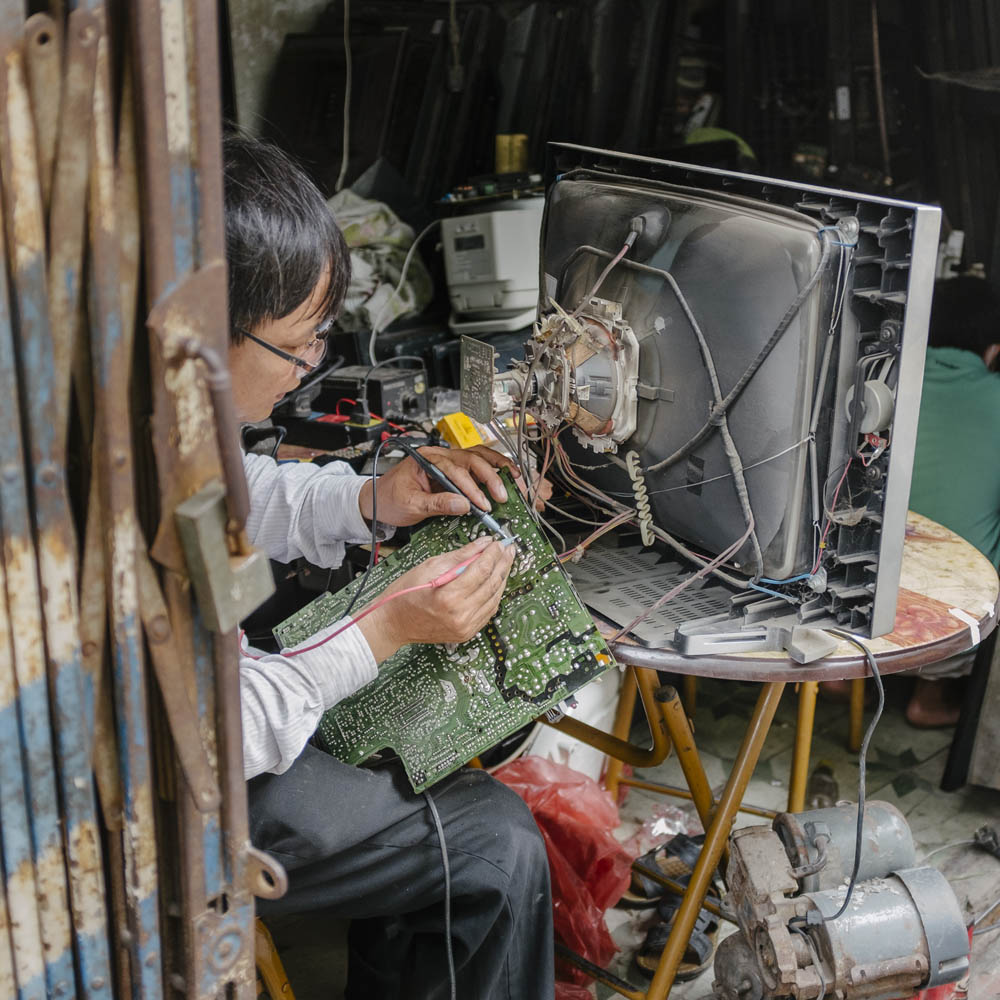
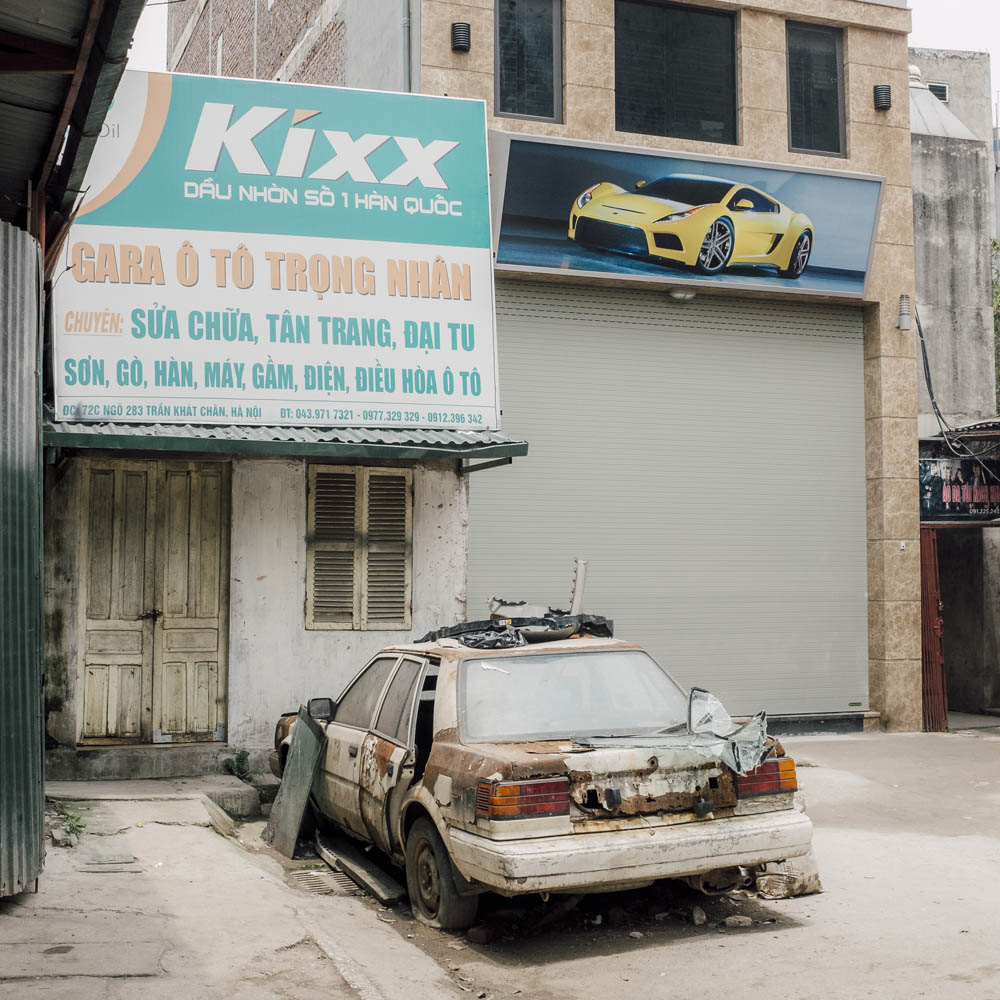
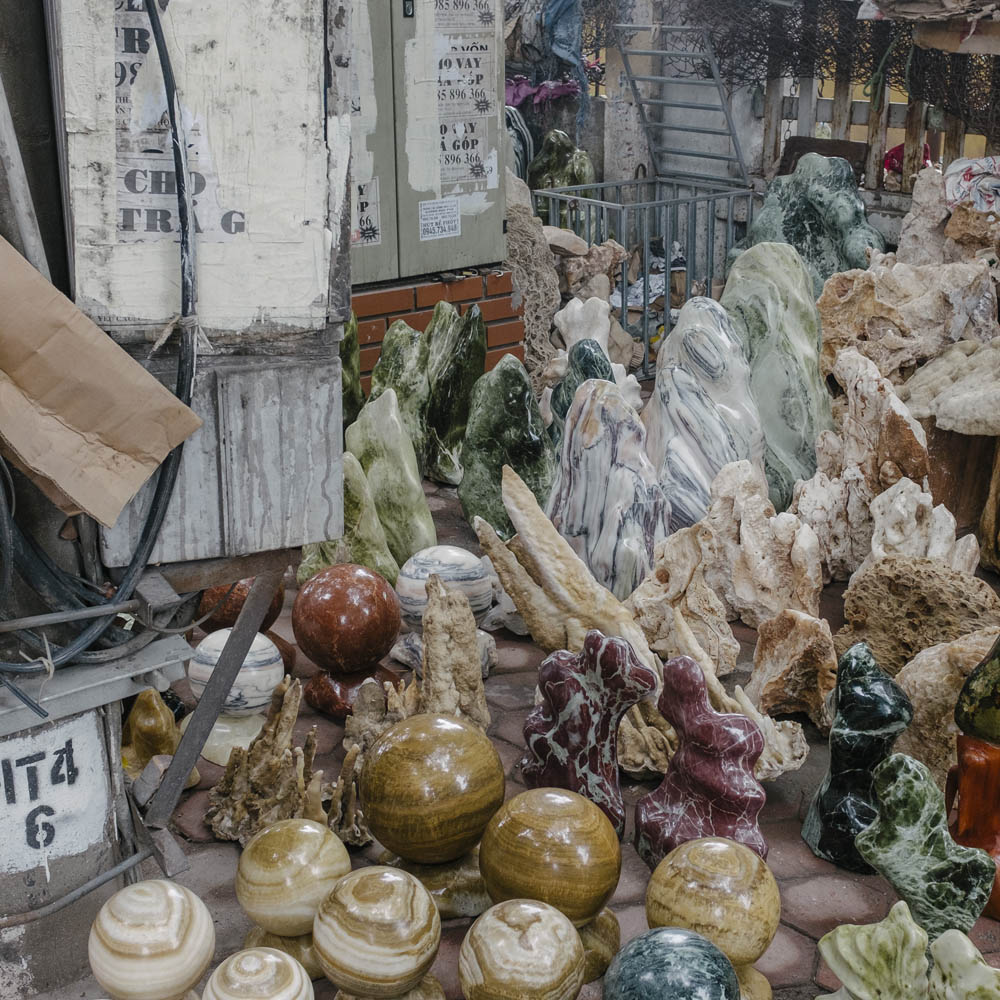
What drives you to take photos of Hanoi? How long did you stay in Hanoi for this particular project?
My initial interest in Hanoi was purely practical. I live in Bangkok, so every so often I have to leave the country to renew my visa. I chose Hanoi because it was close and I hadn’t been before. However, after my first trip, I became deeply interested in pursuing a long term project about the city. Hanoi is a city of growing extremes, politically, culturally, and visually. It is an ancient city and its history is easily seen on the surface, but can also be explored well beyond the surface. I’ve been working on this series for about 3 years now. I’ve made about 10 trips to Hanoi during that time, with each trip lasting 3-5 days usually.
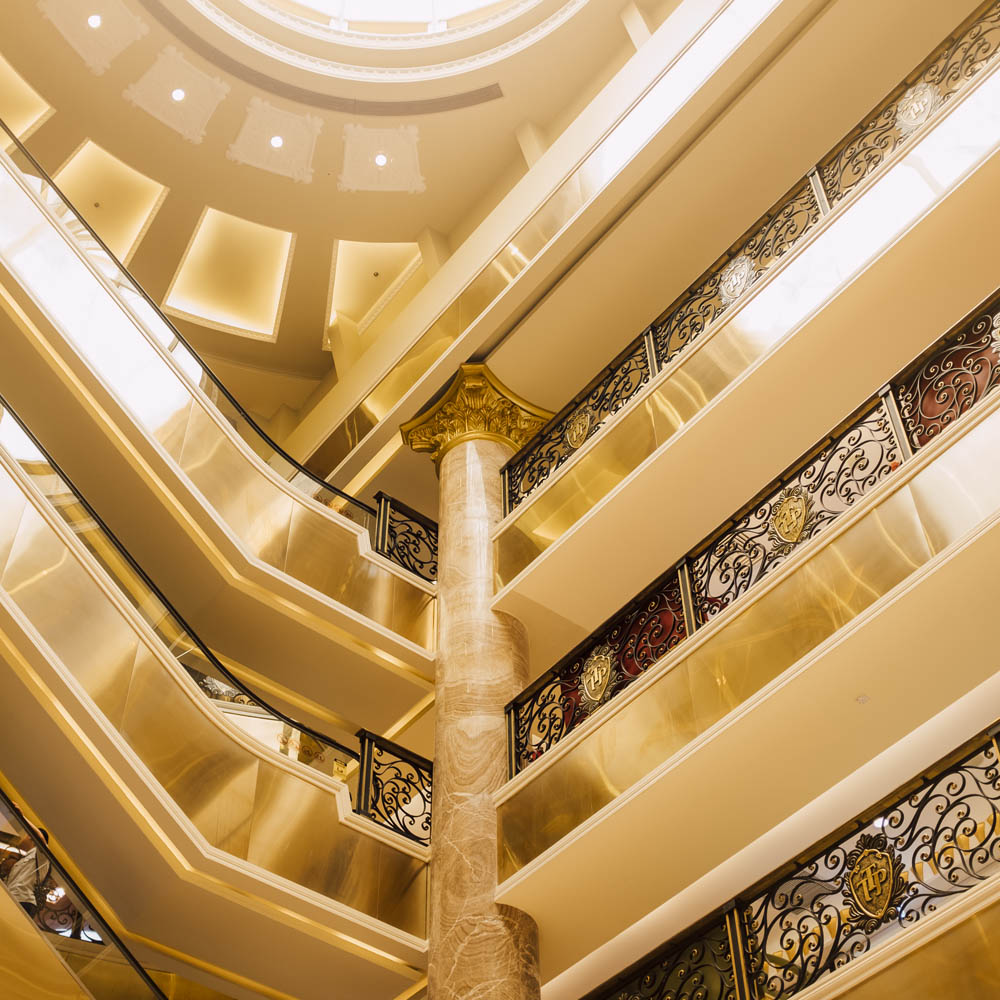
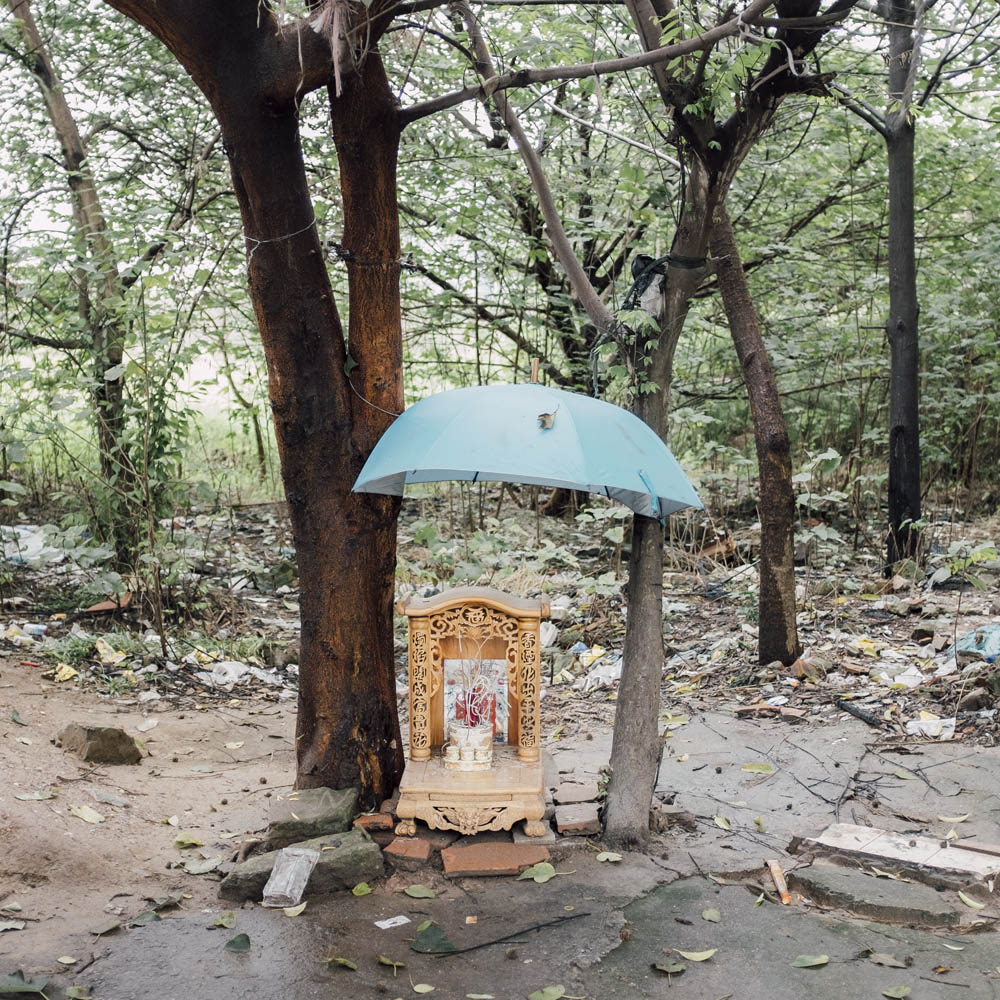
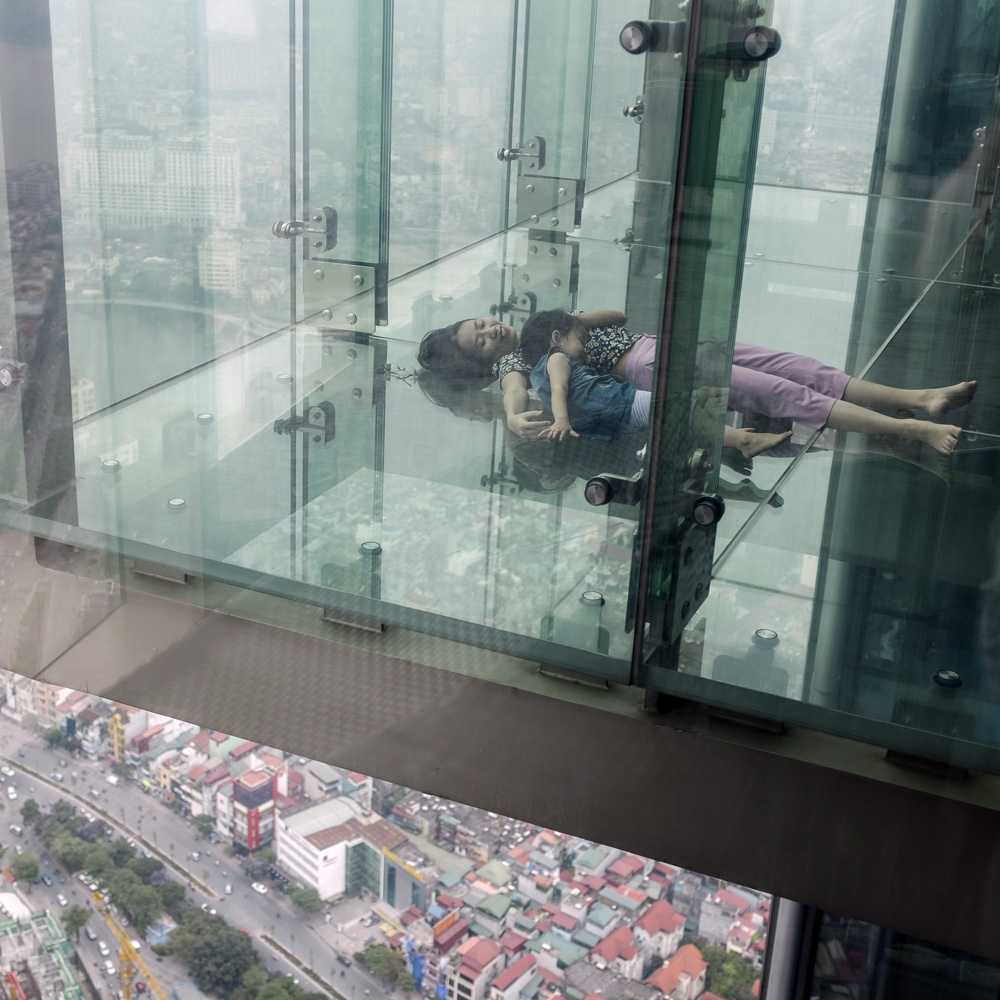
How do you visualize the city before, during and after the project? Does working on this series alter your perspective?
I don’t visualize work before I make it. I think having as few preconceptions as possible about a place is the best way to make honest work, without influence from outside sources. While I shoot I don’t really have a plan, I just wander the city on foot and hope to get lucky. I shoot as many as possible. Because of this method, the “after” part is the most important. When I’m editing my photo, I try to find the images that relate strongest to each other. Naturally, over time, a body of work is formed and then an idea about what it all means is developed. So basically I create the work before the idea. And once I have an idea, the work develops much more precisely.
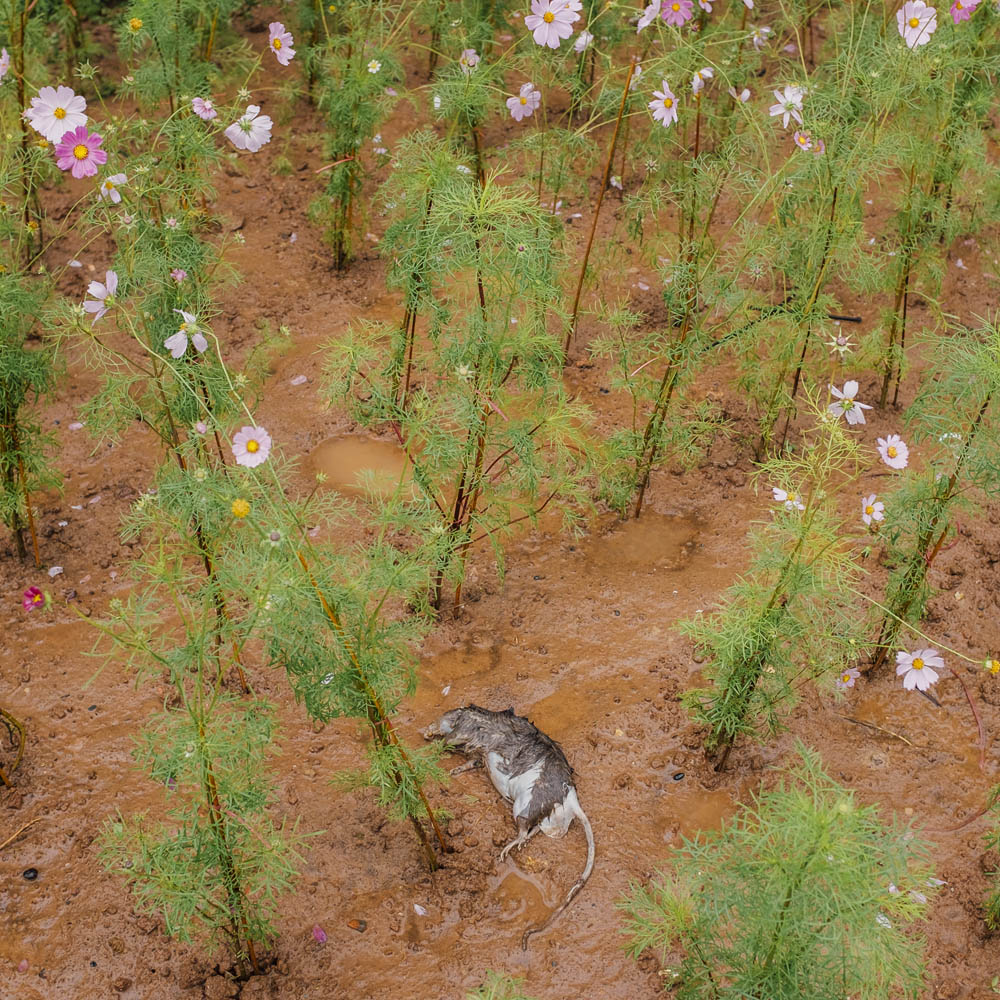
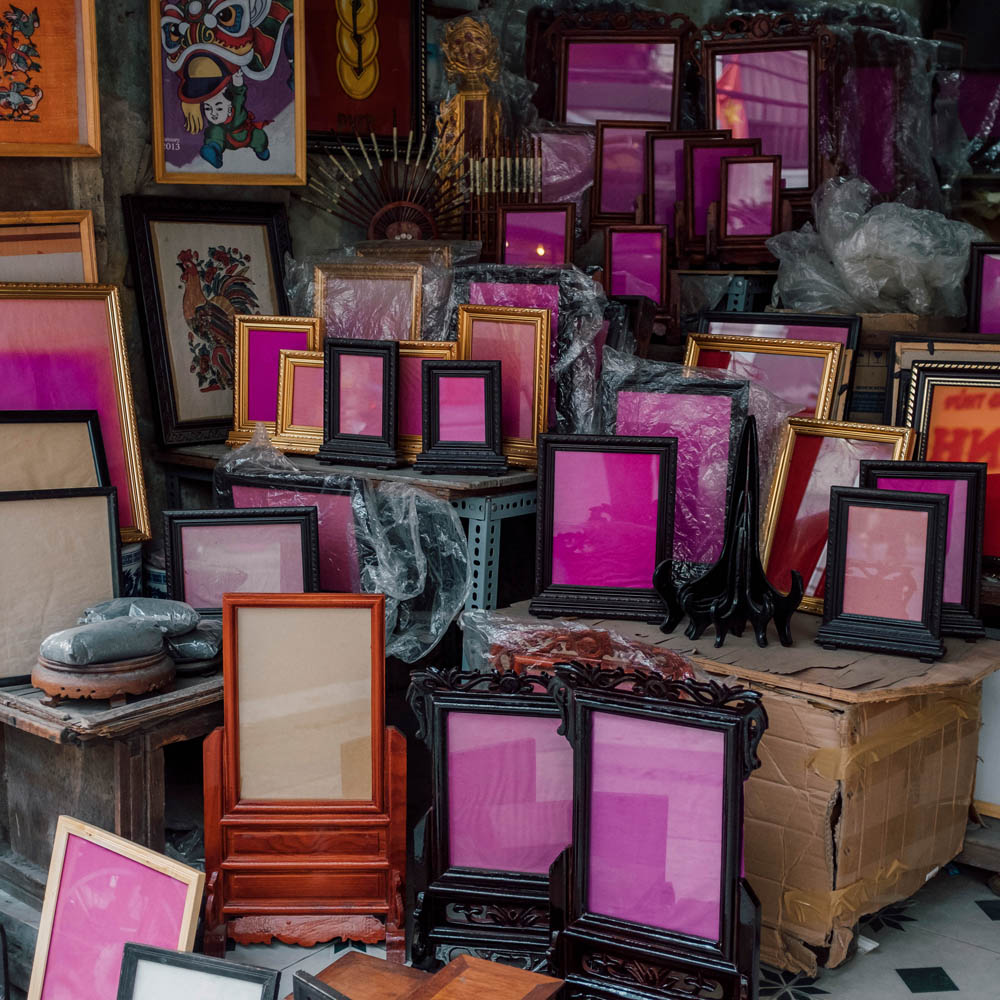
Juxtaposition proves to be a crucial part in your practice, can you tell us why these contrasting scenes resonate with you and your work, particularly in documenting Hanoi?
It’s all about context. Or sometimes lack of context. In “Hanoi” project, having images with context is critical. The idea of the project is to depict an evolving city (in the simplest sense). But how does one show evolution using a stationary medium such as photography?
Since the images cannot move on their own, I use juxtaposition to move the viewer’s mind. For example, showing an old building next to a new one. But less literally, it’s about juxtaposing symbols. Some symbols are understood on an instinctual level, such as colors, and body language. Other symbols are learned, such as language, and iconography. But symbols may have various different meanings determined by their presentation, their creator, and by their viewer. And individual perspectives cannot be discounted.
I juxtapose images with physical symbols, that represent ideas like wealth, poverty, the working class, age, the environment, globalization, industrialization, etc. And also emotional symbolism, like color. Each of these ideas, has infinite symbols. My job as a documentarian is to find these symbols and put them together, in one image, or a series of images, in a way that tells a story beyond that moment.
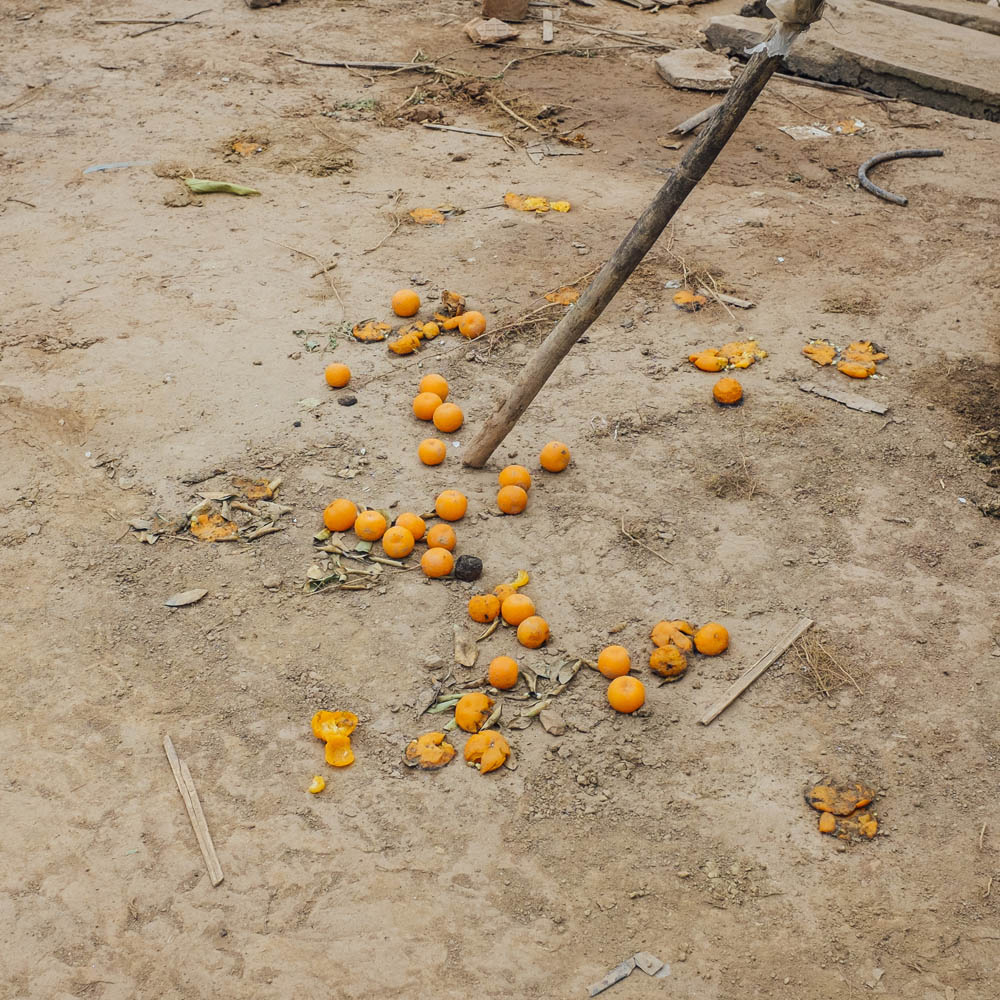
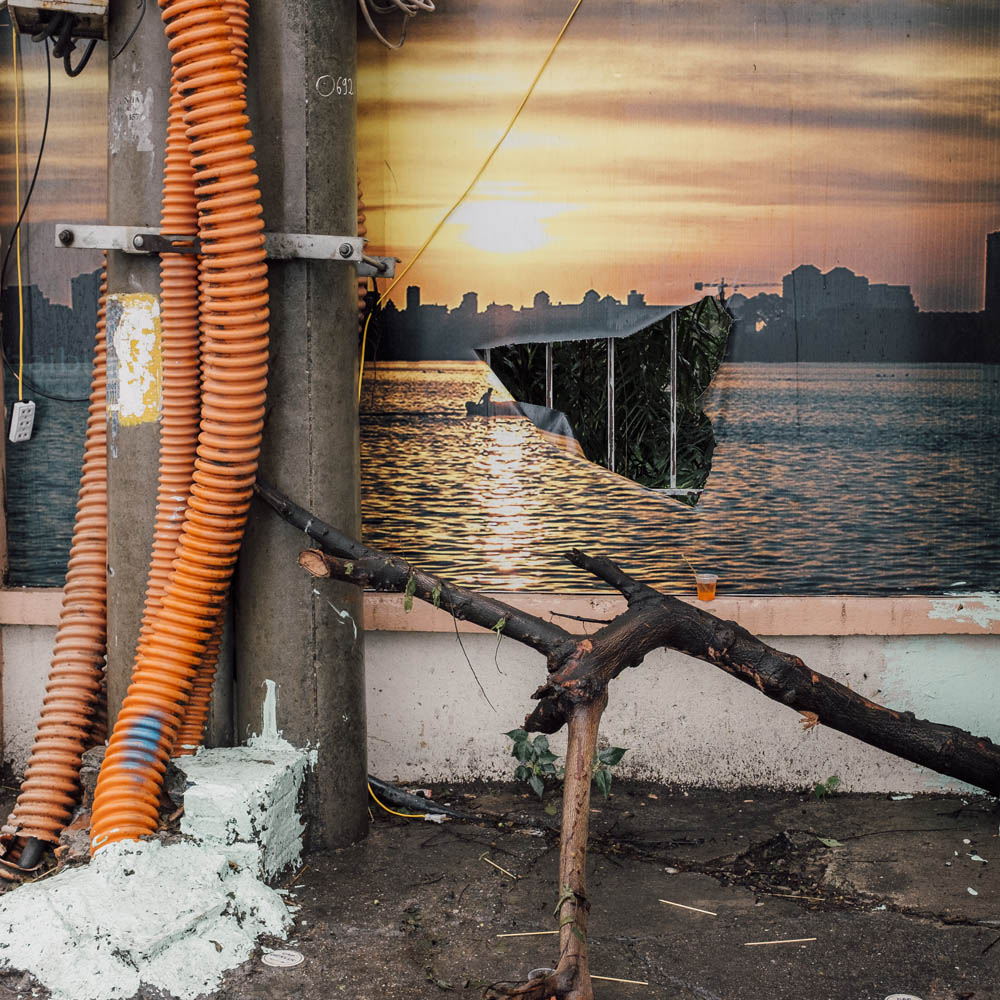
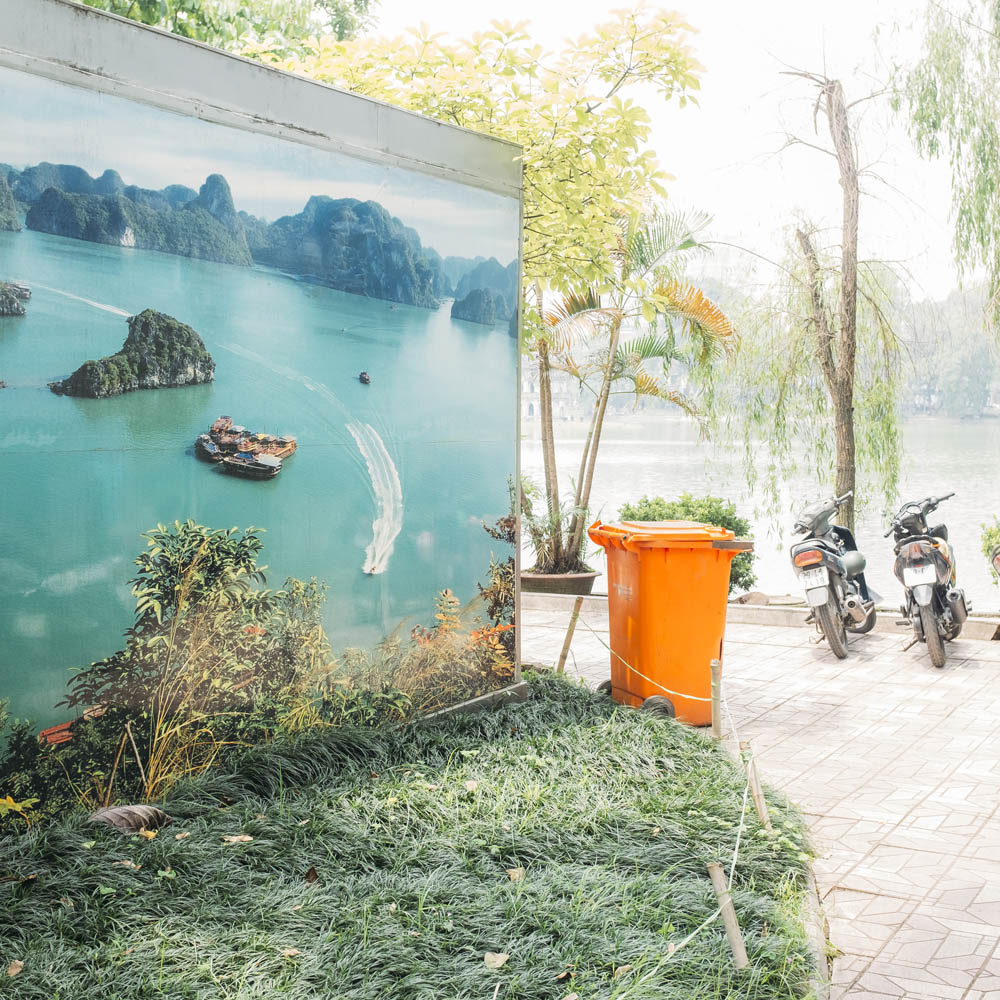
In the artist statement you wrote “It is also an attempt to deconstruct the orientalist cliché often created by the western gaze”. Can you elaborate this statement further and how you aim to “deconstruct the cliché” through your practice?
There are many ways to deconstruct cliches. But first you have to identify them. As a foreigner it’s easy for me to think of cliches. Before I came to Vietnam the only thing I knew about the country is what I had seen in National Geographic, or in the news. So when I arrived I made an effort to avoid anything like that. That’s the first step in deconstruction; knowing the cliches so you can avoid them. Basically, if all my images look like National Geographic, I know I’m not creating honest work. Everything that exists in a place deserves to be photographed. William Eggleston said “I had this notion of what I called a democratic way of looking around, that nothing was more or less important.” I photograph with that concept in mind. And when you photograph everything equally, the cliches don’t survive. The thing about cliches is that they exist in a metaphorical vacuum. The vacuum is a lack of ideas and content to invalidate the cliches. So create more content and ideas, and the cliche disappears. The enemy of cliche is time and experience.
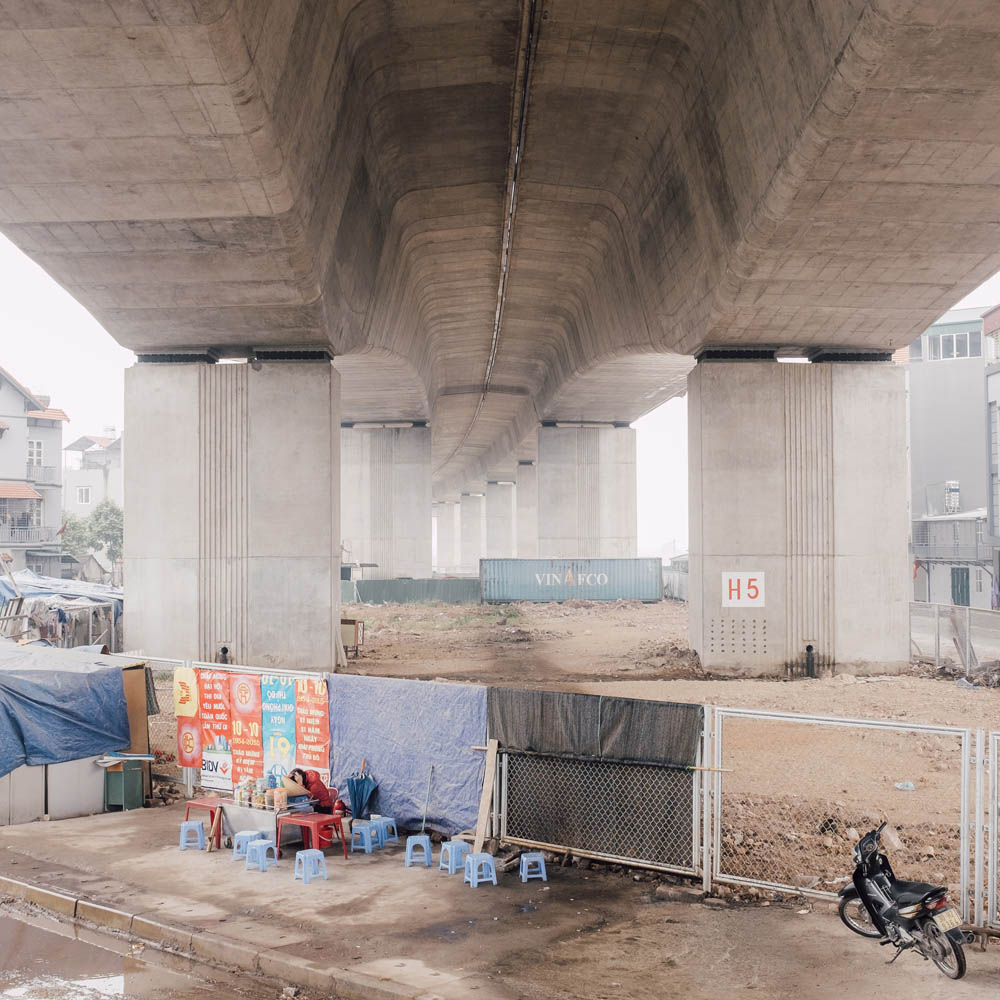
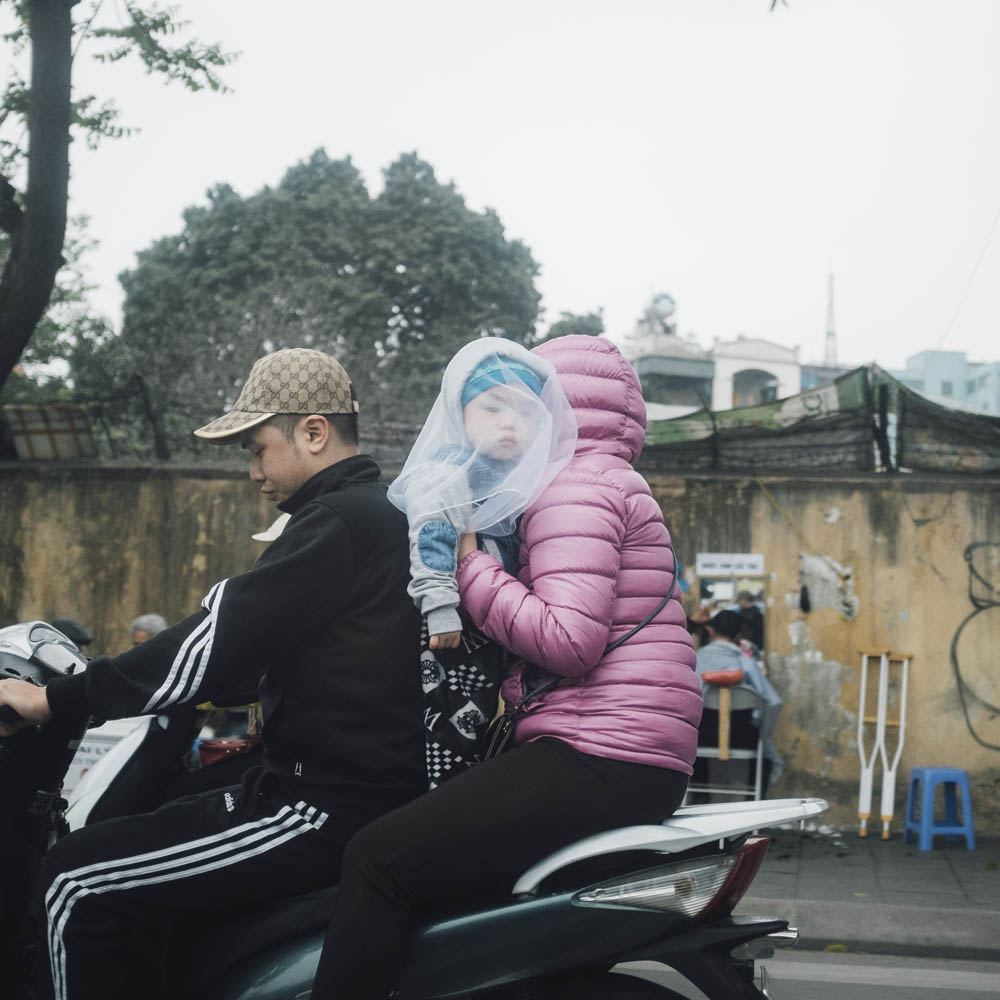
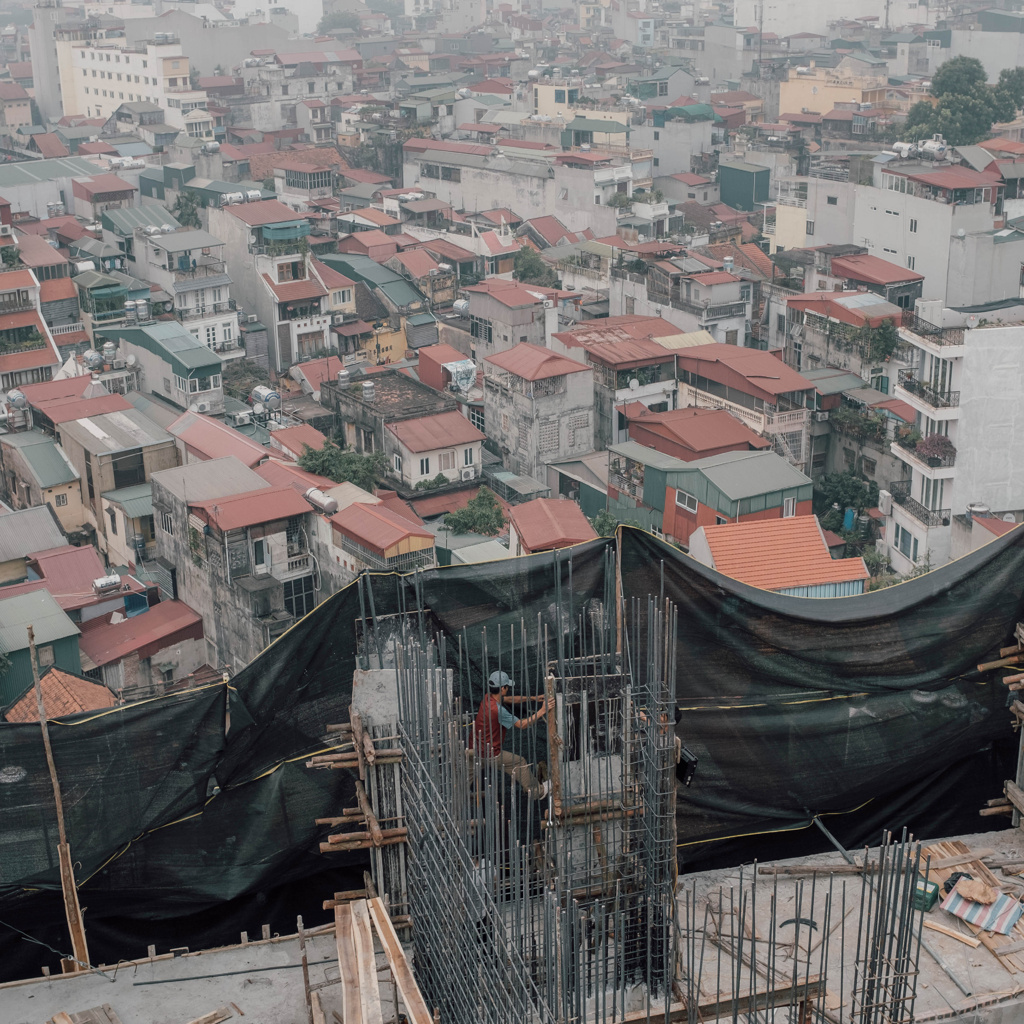
The aesthetic of the series is able to deliver a quiet and mysterious atmosphere to the story. Can you share with us your creative process when making image selection as well as retouching?
As I stated earlier, my image selection is a natural process, the pictures that relate strongest to each other stay, and the ones that don’t relate go (which is another way of avoiding cliches because cliches almost never relate to other ideas.) I have developed an idea based on my images, and my sequencing and selection is based on that idea. They develop at the same time. My retouching is simpler than its looks. I crop square, because I like the uniformity, and I try to have as little contrast and shadows as visually possible. Everything is exposed, very little is hidden. If I do keep something dark it’s to highlight the symbolic nature of darkness, which is usually mystery. I also try to avoid strong colors unless the purpose of the picture is the color. Otherwise it distracts viewer from the primary message. Tonal consistency is important. It helps the viewer understand that the project is meant to be considered as a whole.
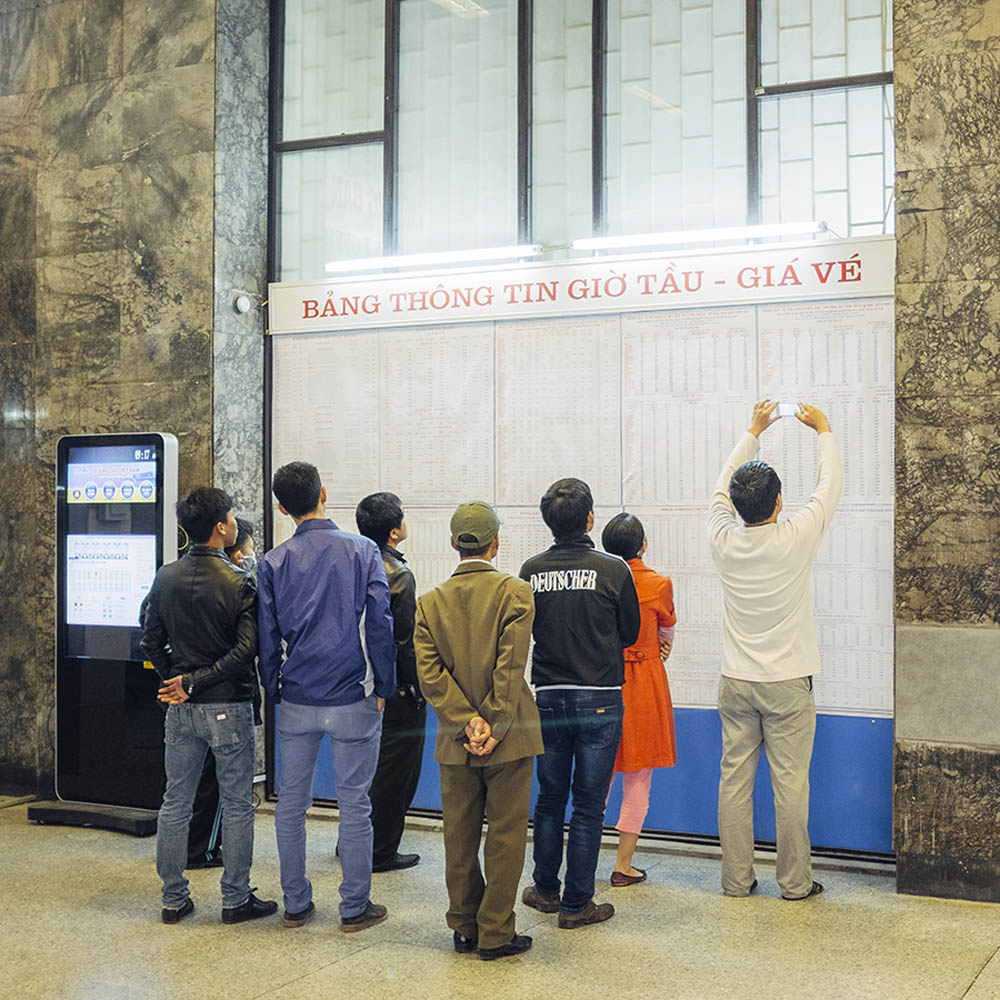
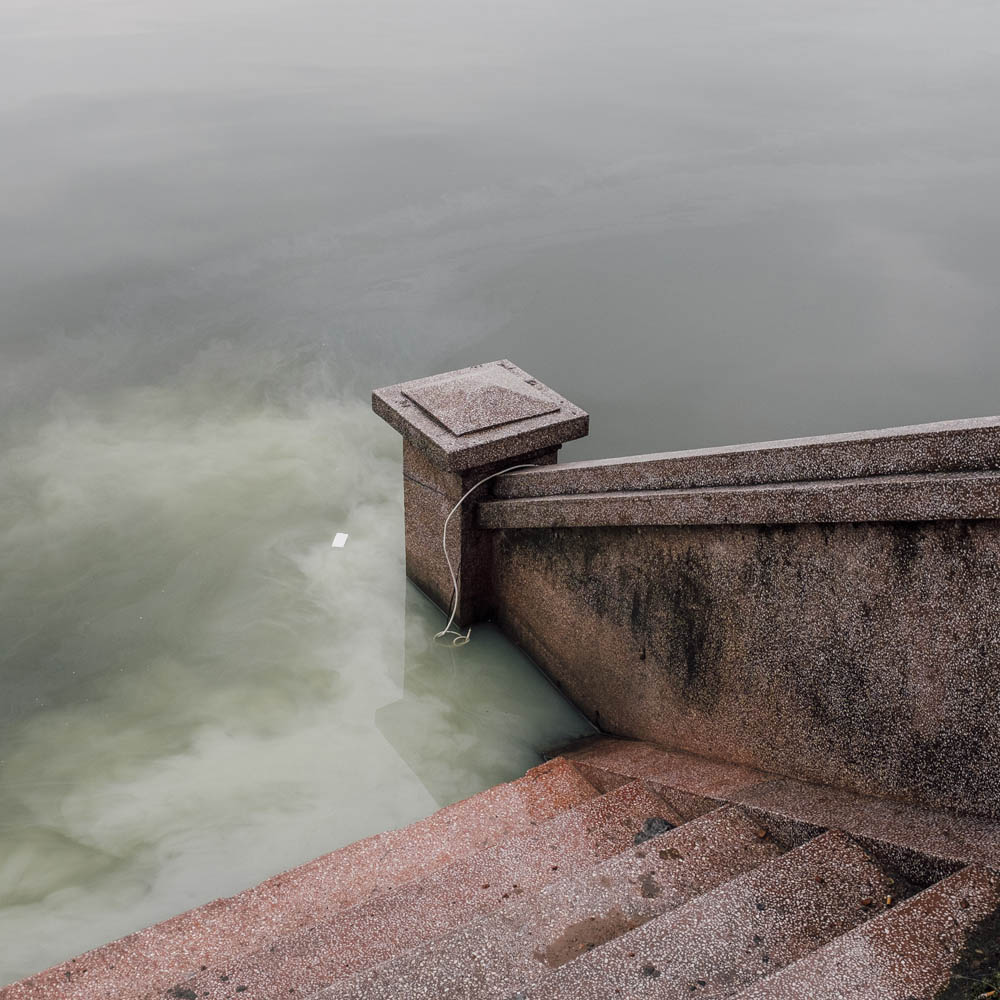
What are you planning for this series in the future? Will it be a possible book or exhibition?
I’ve had one small exhibition of the work last year in Bangkok, but I would like to have a larger exhibition at some point, when I’ve finished the project, maybe in Hanoi, or somewhere else in Vietnam. I would like to make a book, but it’s hard to think about what that would look like until the work is complete. I think 2018 everything will wrap up, but it’s hard to say since the work is about Hanoi, and Hanoi is always changing.
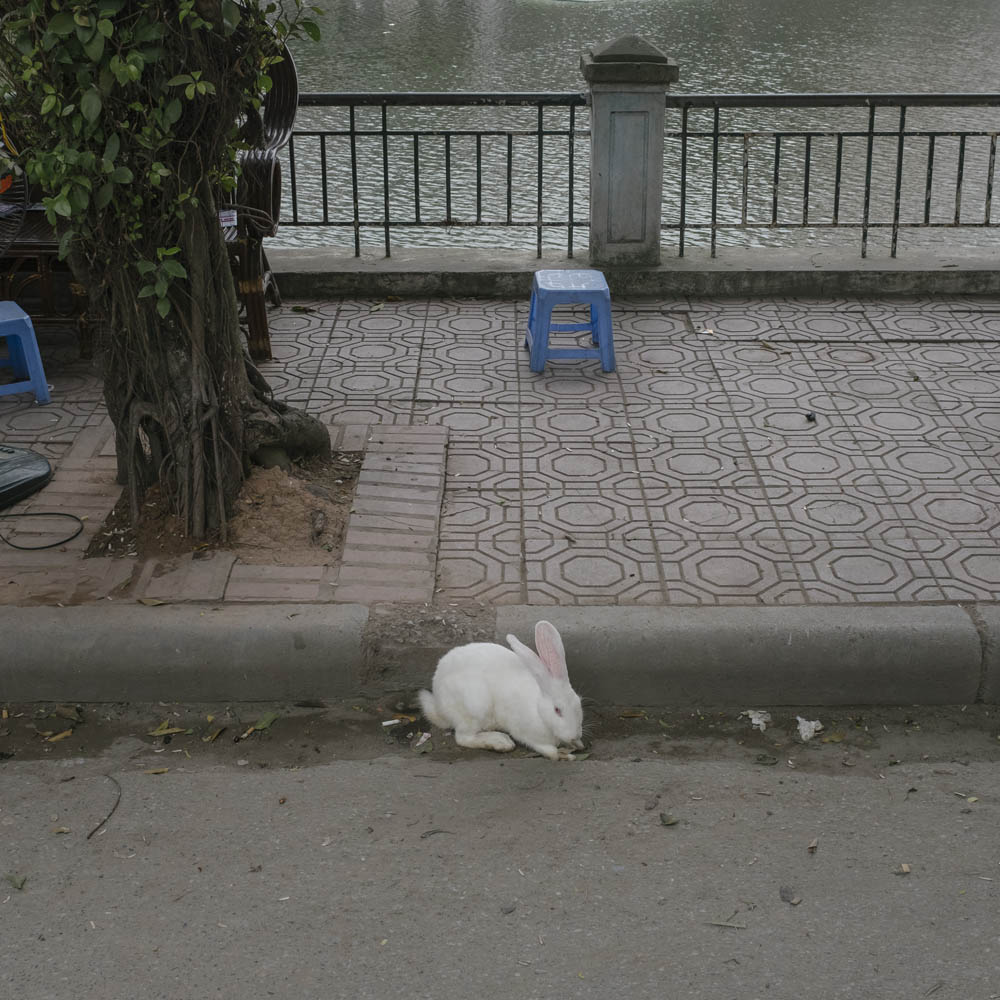
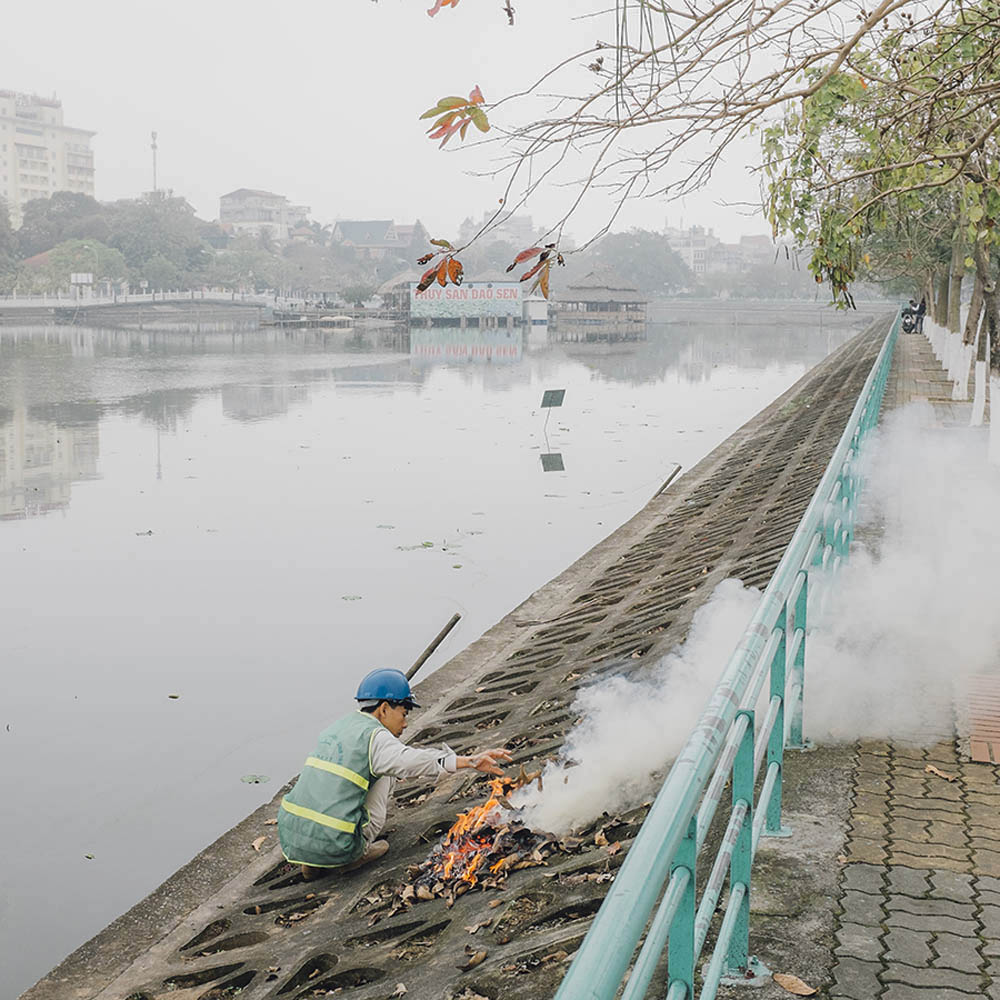
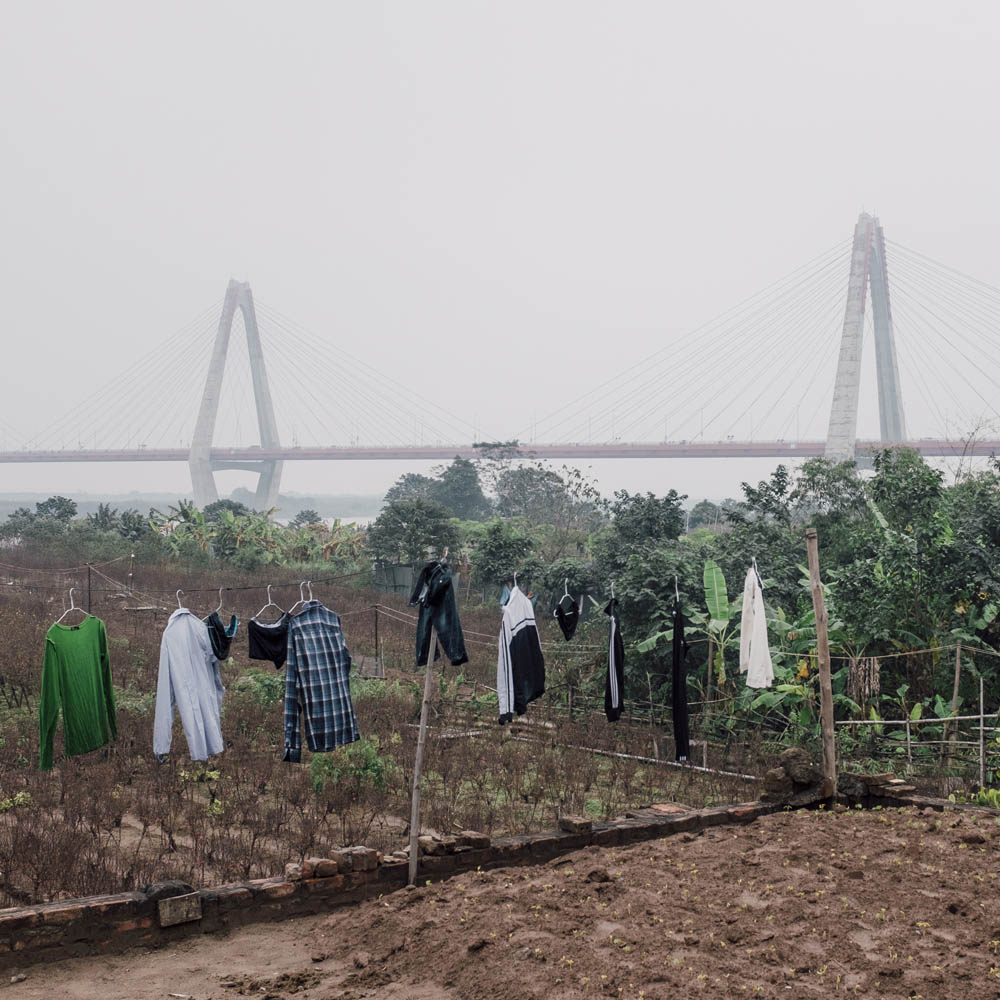
Adam Birkan is a freelance editorial photographer and visual storyteller born in Jerusalem. Adam has been named one of PDN 30 and Magnum’s 30 Under 30. He also attended the 28th Eddie Adams Workshop. He is currently based in Bangkok, focusing on long term and short term projects. His personal work often takes a macro view of social and economic issues, focusing on literal and metaphorical juxtapositions and finds subtle moments that, collected together, reveal a broad depiction of accelerated industries and economic disparity in Asia.
Connect with Adam on Instagram.
